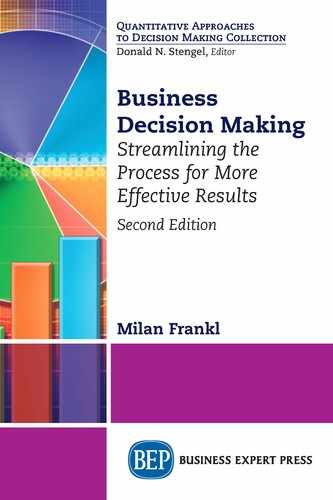CHAPTER 15
The Dog Ate My Shipment
(The Inconceivable Is Not So)
Vignette: Avalanches
Avalanches happen regularly in winter in the British Columbia Rockies.53 That morning, news of another avalanche near Lillooet did not attract my attention. Should it have?
I forgot that I had an order of 6 tons of liquid urethane shipped in 55-gallon steel drums on its way by train from Calgary to Vancouver Island via Vancouver and Nanaimo.
I did not count on avalanches.
This latest avalanche near Lillooet cut off the train tracks and destroyed my shipment; moreover, it delayed train traffic by a week. I was facing a factory shutdown because of lack of this essential raw material for my polyurethane hydraulic-seal production process. To compound the problem, I had just started a 6-days-a-week, 24-hour shift, in response to a major order. My just-in-time (JIT) material management system “went out the avalanche window.”
My Calgary supplier had a perfect shipping record up until that point. I had not planned for an alternative supplier or an alternative supply route. I had to do it now.
Fortunately, I found another source of similar polyurethane south of the border (in Oregon) and had it shipped by truck this time, at higher expense both in price and in shipment costs. The production did not stop. My profit margin was reduced.
Two sources are safer than one.
Have contingency plans.
The container ship bound for New Zealand sank. Half of one container on that ship carried my hydraulic seals to a New Zealand–bound customer. Of course, both my customer and I were insured.
To mitigate the effect of this loss on my customer’s business, I had to replace the shipment as soon as possible, which I did. The new batch production of those seals took a week. The next container ship was departing shortly thereafter. The trip to New Zealand took approximately 2 weeks.
The whole delay could have been up to 4 weeks. To diminish this delay, I sent a partial shipment by air freight.
The customer faced a shortage of parts and had to incur the additional expense to minimize a production stoppage.
This time my customer’s profit margin was affected.
Plan for the best. Anticipate the worst.
Vignette: The Company Credit Card
The waiter came back to our table with my company credit card. “It was rejected,” he said. I sat, red faced, looking at my Vancouver branch manager across the table. I had to use my personal credit card this time.
We were discussing the new Prince George branch that I had opened in the past week and the need for additional instructors in that remote region of British Columbia. Shelly, the newly appointed Prince George branch manager, was an enthusiastic instructor whose husband was transferred by his company to Prince George. This was an excellent opportunity for her to develop this new northern British Columbia region and take charge of the operations in that city. We needed to build the education facilities from scratch. She did all the ground work. I came to finalize the deal, sign the lease, and identify any assistance the company could provide out of Victoria. Shelly needed an operational budget for last-minute leasehold improvements. I gave her my company credit card number to be used as needed. I knew that the line of credit on the card would amply suffice for the purchases she required.
The hardware store clerk where Shelly bought some of the material she needed for the leasehold improvement thought otherwise. He thought that using only a credit card number, he could do the same, and purchased online a nice audio equipment system, which resulted in overdrawing the card. Shelly had the card rejected the same day I experienced this embarrassing moment in the Vancouver restaurant.
I asked my accounting department to inquire about this situation and put a hold on any further use of that card. The situation was clarified when I received my credit card monthly statement. The audio equipment purchases were traced back to the hardware store clerk. The company did not incur a loss. Once the right expenses were paid, the company took out a new credit card.
I was fortunate that the lunch in Vancouver was not with a client. Having a company credit card rejected might have given quite a negative (in this case false) impression about the company.i
Have options.
Lessons Learned: Expect the Unexpected
First, JIT does not always work the way we expect it to work.
Second, having options when planning operations is essential.
Third, situations can go wrong outside of one’s control.
It is very difficult, if not impossible, to predict every mistake, error, malfunction, accident, or disaster that might occur when running a business, whether the business is big or small.
Contingency planning is not only for major disasters.
Develop a good plan “B.” 54
iAdvice from the Canadian Imperial Bank of Commerce: Regularly check your statements for odd charges. If credit card fraud has taken place, your best chance of repairing the damage is to catch it early. Look for charges from places you know you did not make purchases. If you spot these charges, follow the steps of reporting a stolen credit card immediately. See “What to Do in the Event of a Stolen Credit Card” at www.cibc.com/ca/credit-cards/articles/stolen-credit-card-tips.html.
